Report this entry
More from the same community-collection
July 1, 2015 Press Conference in El Paso, Texas
Press conference reveals three buses for the community open to ...
David Ochoa - 1975 Championship - Video
Southwest Full Contact Kickboxing - April 18, 1975 - Main Event: ...
Roberto Betancourt Arce (Left) - 1927 - El Paso, Texas
03/20/1927 My father, Roberto Betancourt Arce, at age 18. ...
El Paso High School State Champs 1941
1941 El Paso High School Basketball Champs Team #21 El Paso ...
2015 Texas Scholastic Chess Championship
The Henderson Middle School Chess Team wins 1st place in the ...
Henderson Middle School Chess Team - 2015
In 2015 Henderson Middle School wins 1st place in the 2015 ...
Enjoying a nice evening at the Plaza Theatre
Love attending Broadway shows and being exposed to the arts.

















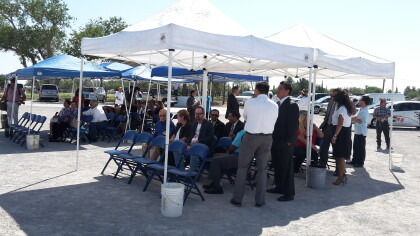
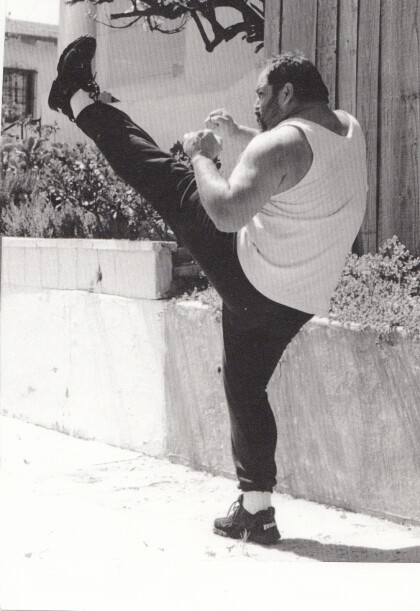

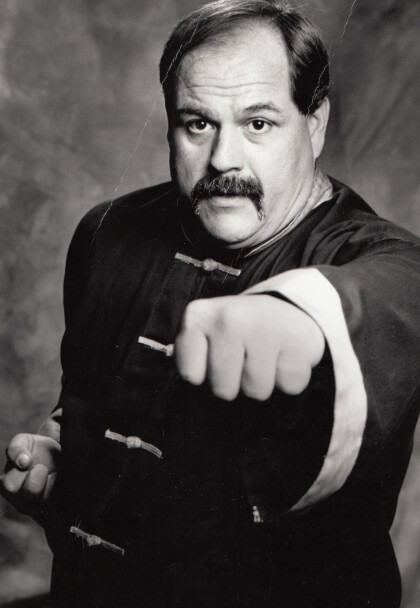
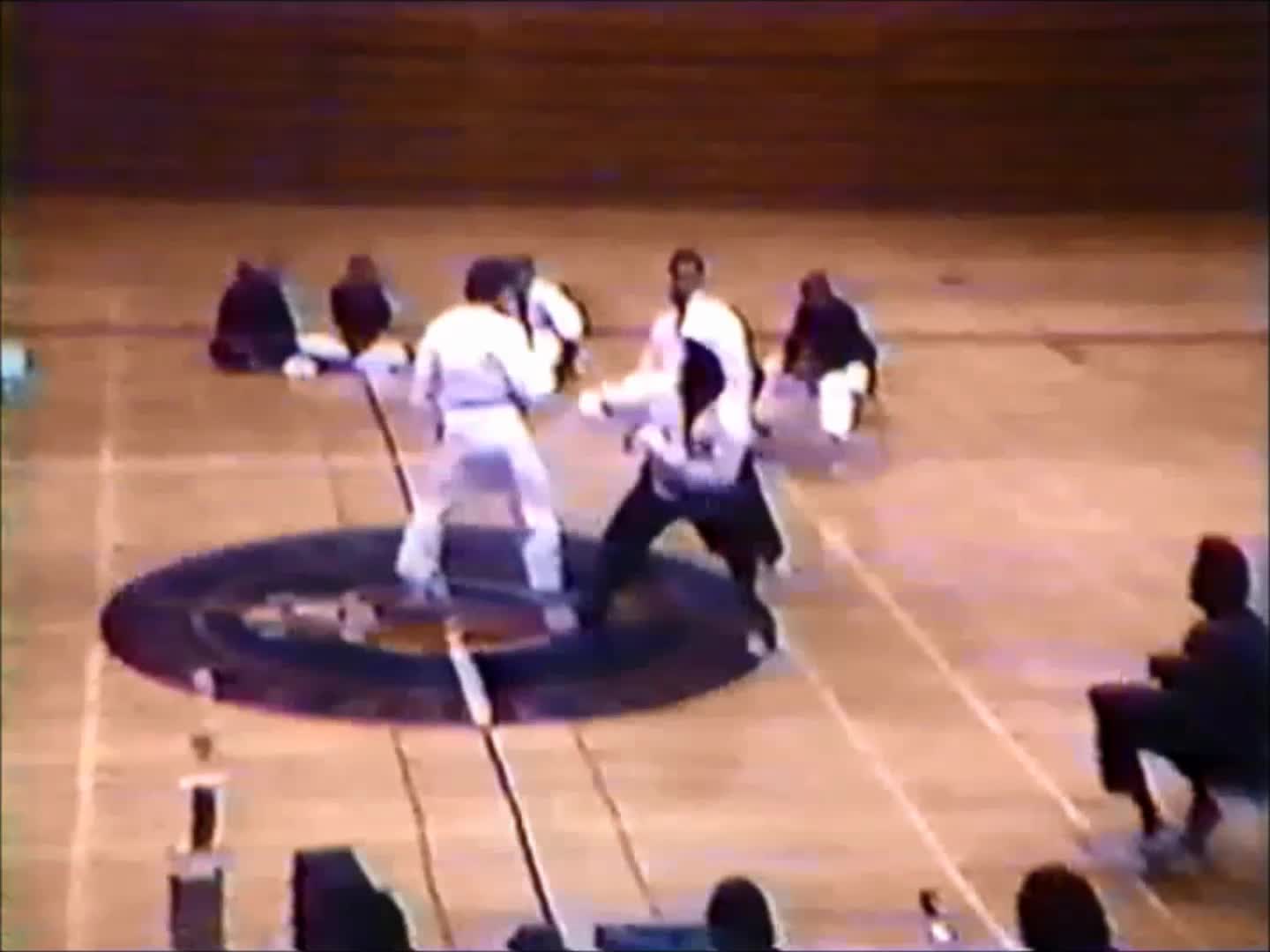
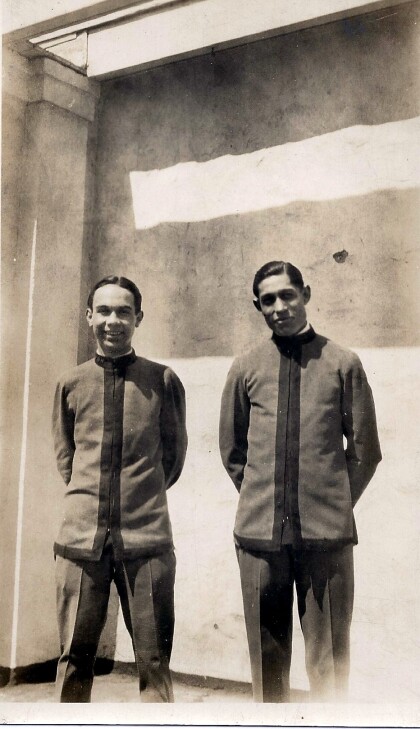
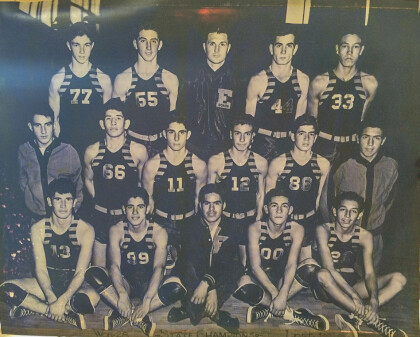





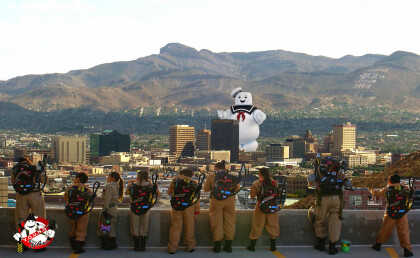


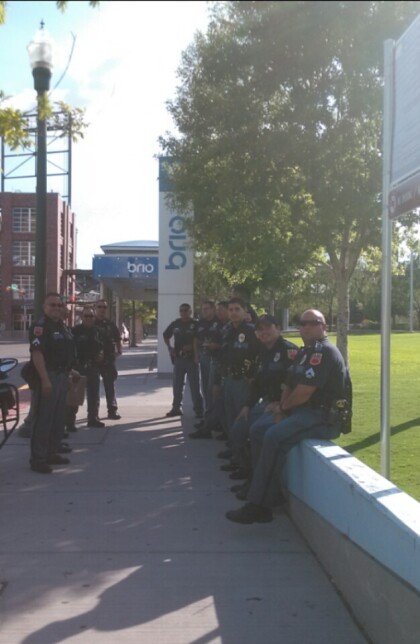



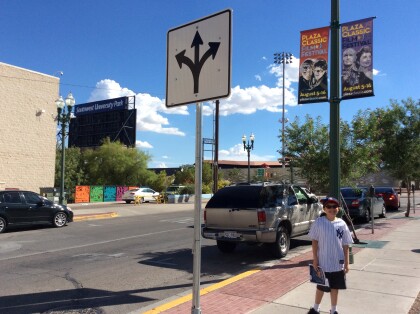



Comments
Add a comment